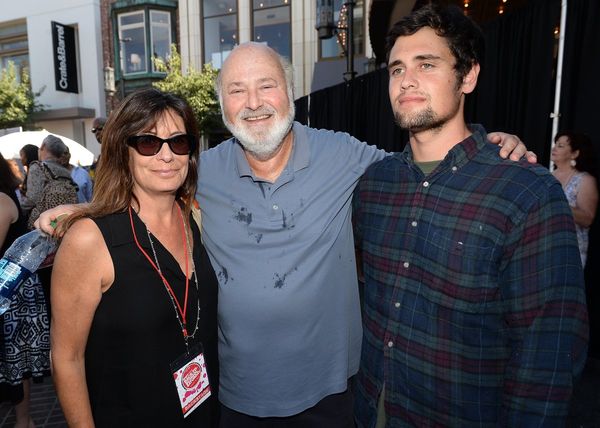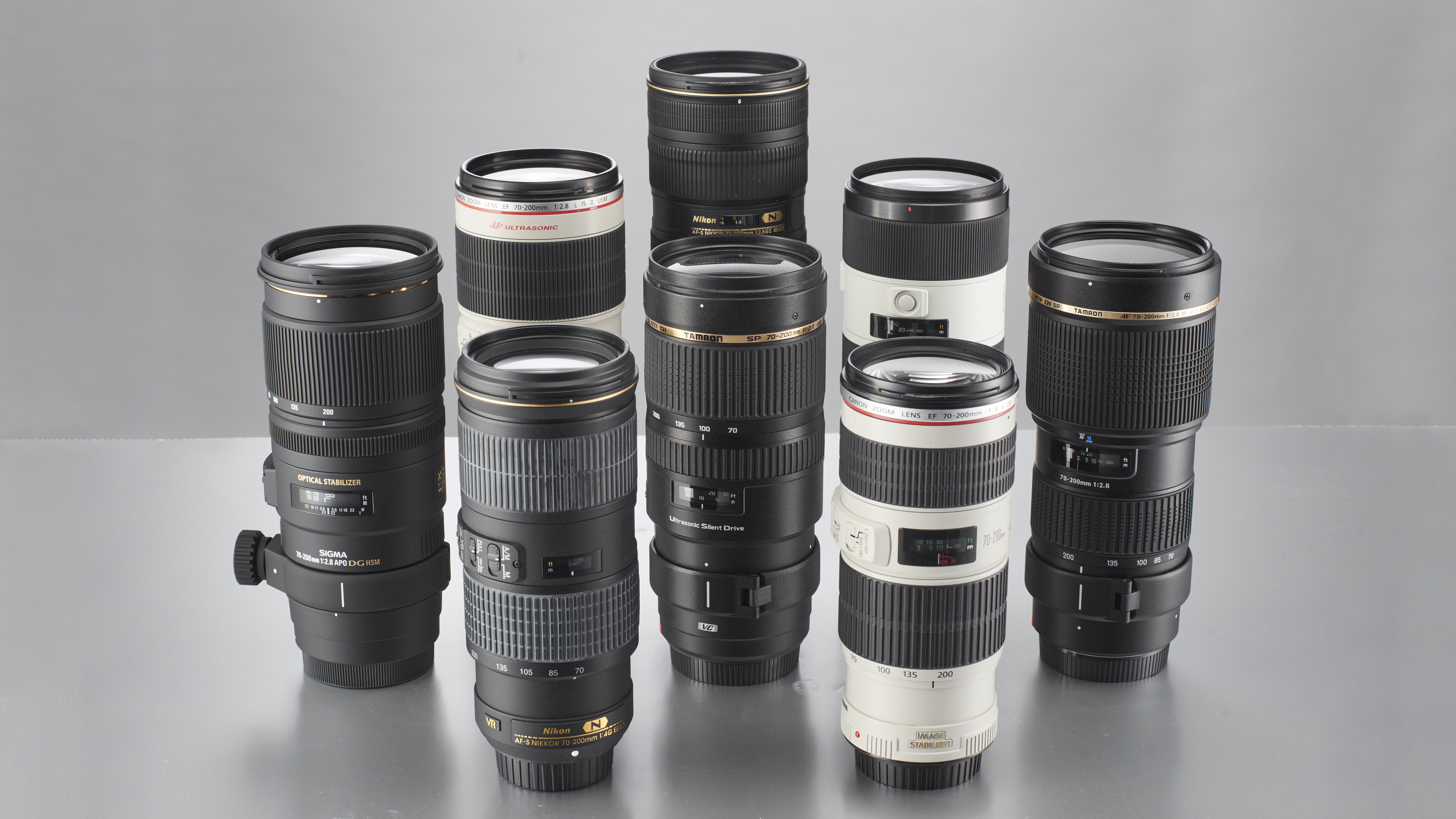
Let’s get married! That’s certainly one of life’s biggest propositions, but I’m thinking more about wedding photography. Actually, that’s also a big proposition – and a big responsibility. I know some professional wedding photographers who shoot the whole event almost entirely with a fast 50mm prime lens, but another staple of the big day is a 70-200mm f/2.8 ‘trinity’ zoom – and with good reason.
In the past, I’ve shot a few weddings and other events in a professional capacity. Nowadays, I get asked to take unofficial, additional shots at the weddings of family and friends, which I count as a huge privilege. Either way, a 70-200mm f/2.8 is perfect for covering the distance without being intrusive, while enabling me to isolate subjects with a tight depth of field.
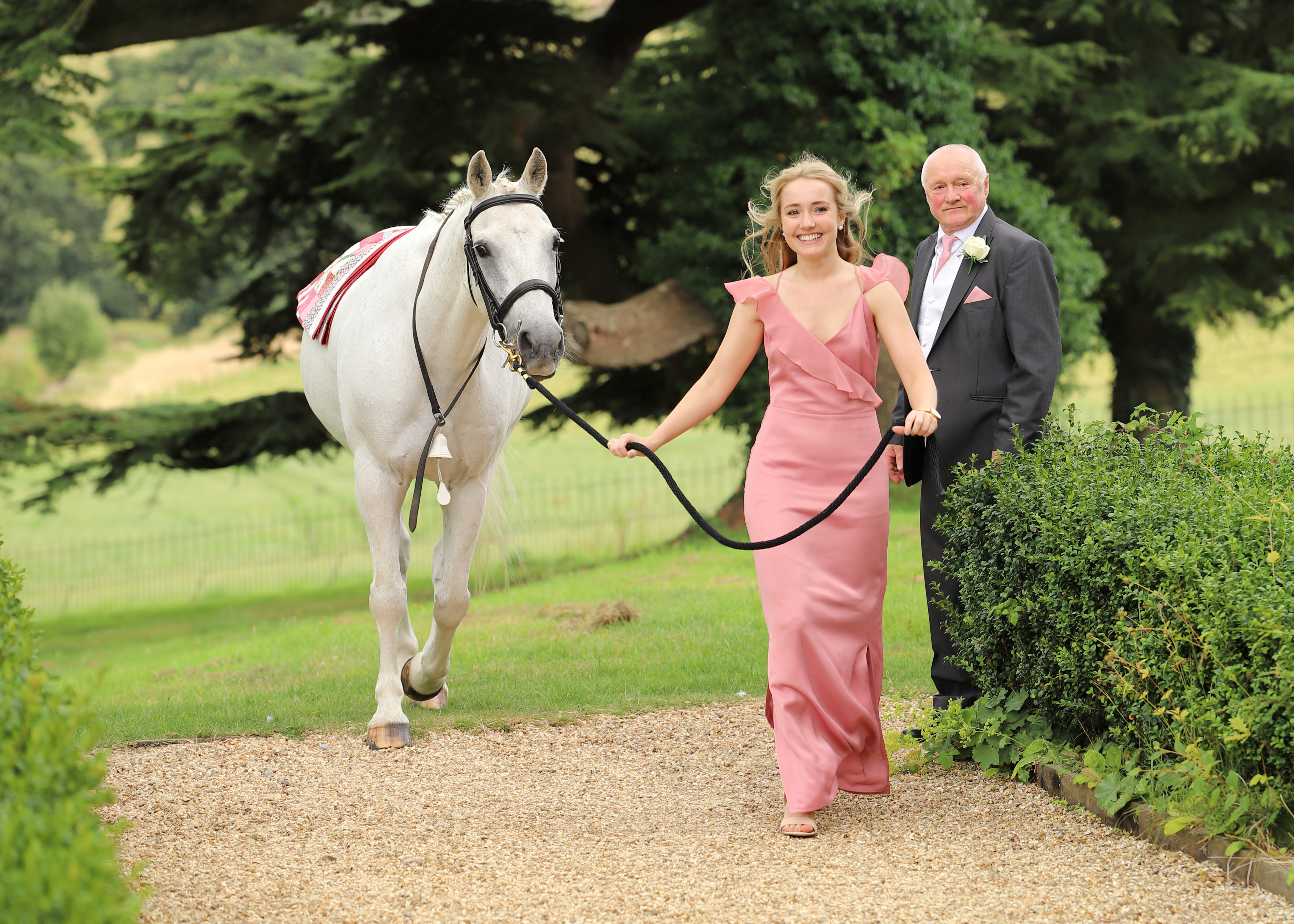
No, I’m wrong. A trinity telephoto zoom isn’t perfect. A few years ago I shot a wedding with a Canon EOS 6D Mark II and a Sigma 70-200mm f/2.8 DG OS HSM Sports. The Sigma is a lovely lens with gorgeous image quality, it’s great value at the price and is altogether one of the best 70-200mm zooms.
So what’s wrong with it? Well, it’s big, chunky and weighs in at 1,805g (about 4lbs). By their very nature, weddings and some other events last for several hours or more, and the same goes for sports and wildlife scenarios. You can feel pretty weighed down from the get go and, by the end of the day, you can really feel the strain.
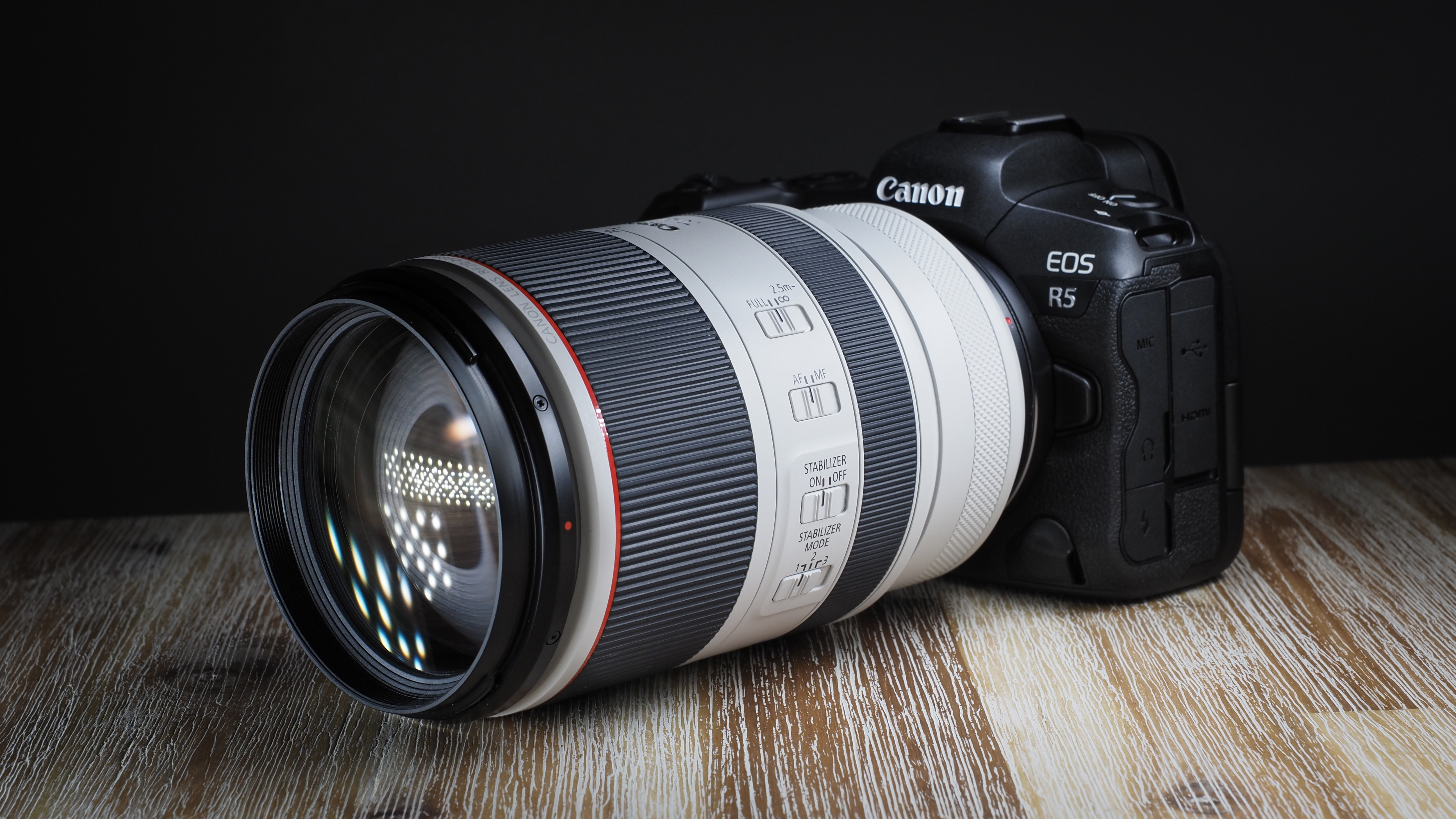
Not all 70-200mm f/2.8 lenses are overly burdensome. The Canon RF 70-200mm f/2.8L IS USM is a notable exception at a more modest 1,070g (2.35lbs). But the real game-changer for me was the Nikon Z 70-180mm f/2.8, which really takes a load off.
It’s relatively compact and unobtrusive, and weighs just 795g (1.7lbs). Sure, I lose 20mm of focal length at the long end but I just don’t care. That’s nothing that can’t be taken care of with a slight change in shooting position or a small amount of creative cropping at the editing stage. I’ve just spent several hours shooting a friend’s wedding with the Nikon Z 70-180mm and loved every moment of it. It was literally a bit of light relief.
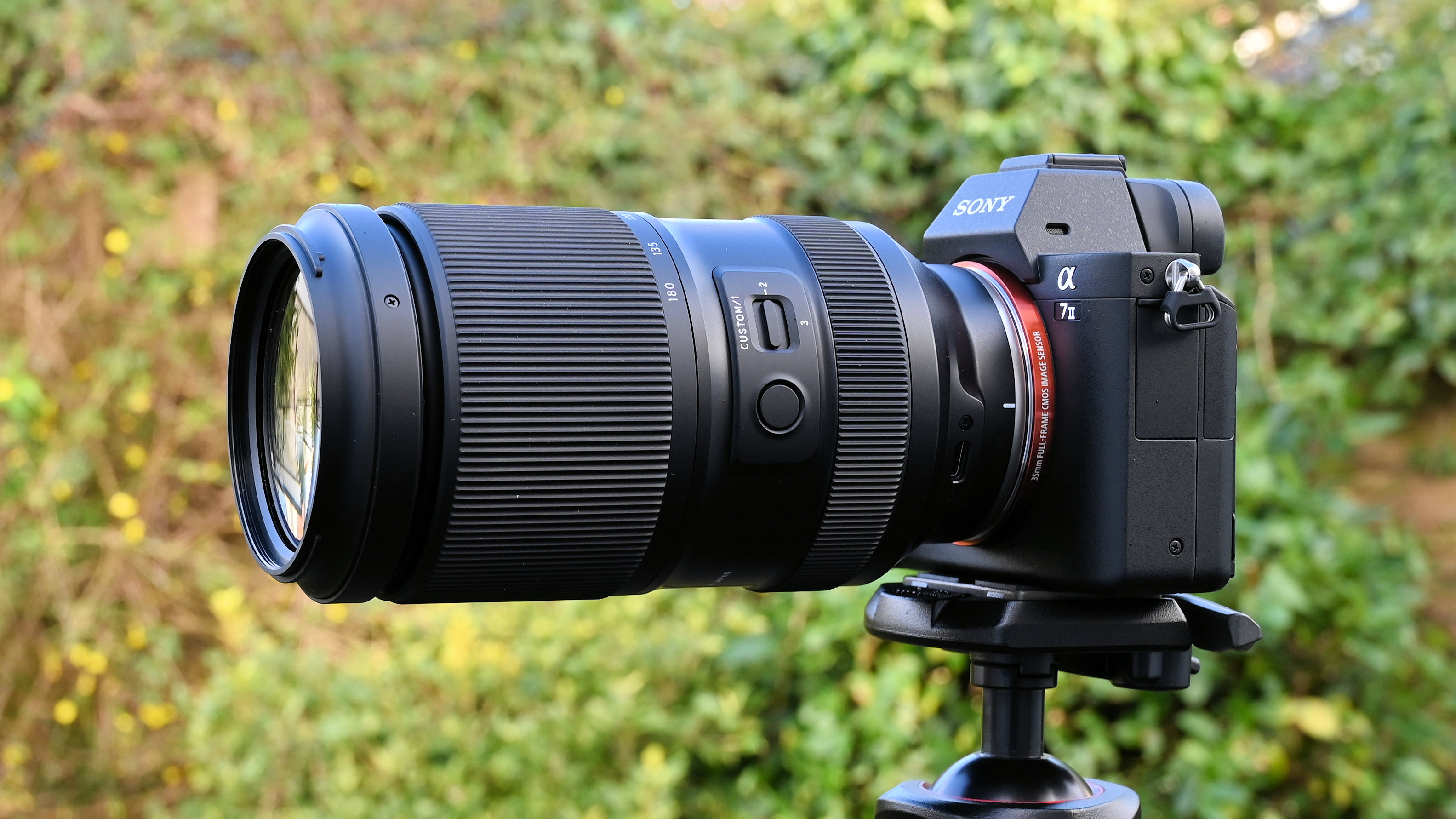
The Nikon lens owes almost everything to the original Tamron 70-180mm f/2.8 Di III VXD on which it’s based, and that’s since been replaced by the even better Tamron 70-180mm f/2.8 Di III VC VXD G2. Like the Nikon lens, these Tamron lenses are also much less expensive to buy than the vast majority of 70-200mm trinity zooms.
There’s just one problem. The Nikon lens naturally only fits Nikon Z system cameras, and both generations of the Tamron are only made in E-mount for Sony Alpha mirrorless cameras. Everyone else who shoots with a full-frame camera is left out in the cold. I think lens manufacturers should spread the love in 2025 and make lightweight, constant-aperture f/2.8 telephoto zooms the new big (or, rather, not so big) thing.
You might also like…
Take a look at the best 70-200mm lenses and the best telephoto lenses – there are some lightweight wonders to be found!




